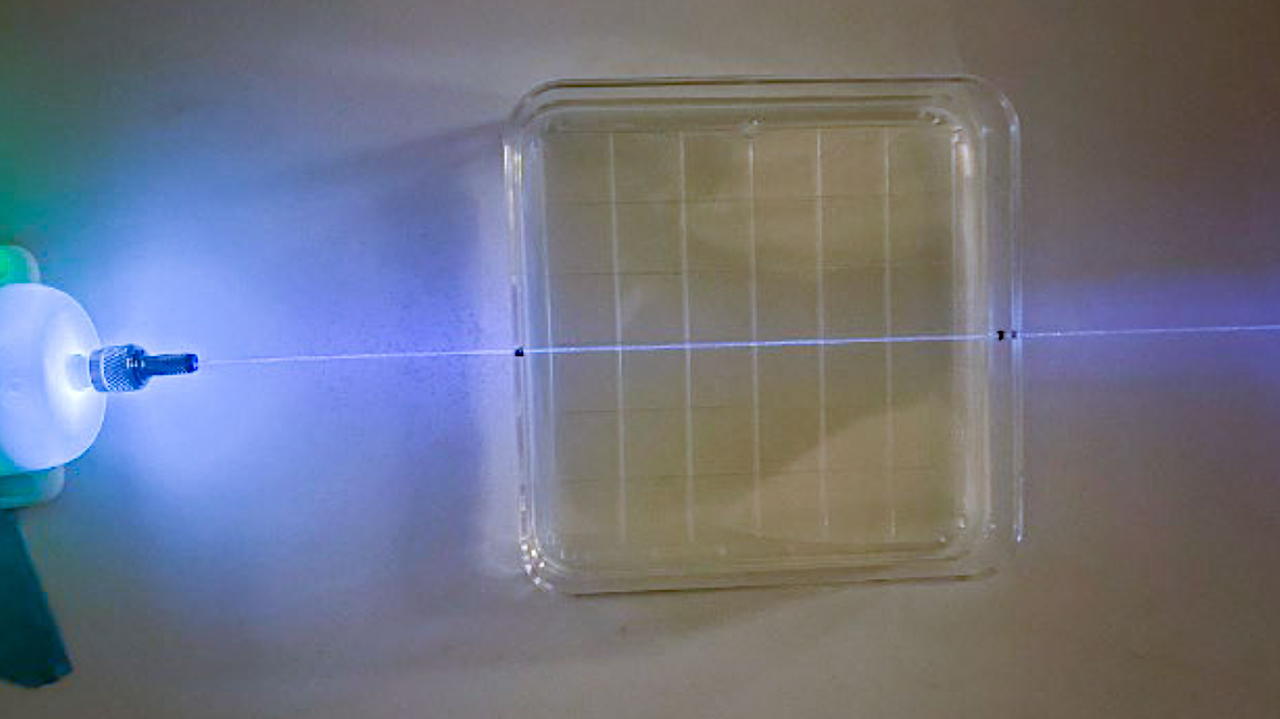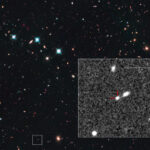Now Reading: Germicidal Ultraviolet Light Biofilm Inhibition (GULBI) Experiment in Microgravity
-
01
Germicidal Ultraviolet Light Biofilm Inhibition (GULBI) Experiment in Microgravity
Germicidal Ultraviolet Light Biofilm Inhibition (GULBI) Experiment in Microgravity


The Germicidal Ultraviolet Light Biofilm Inhibition (GULBI) experiment was launched to the to the International Space Station National Laboratory on Northrop Grumman-23.
Biofilms form very easily in microgravity and can lead to equipment failures and human health risks. Biofilm in space is being studied with a new method involving germicidal ultraviolet light (UV-C)
The bacterial pathogen P. aeruginosa was be seeded into the BioCells on orbit and grown under different levels of UV light that is delivered via optical fibers into the bioreactors before samples are returned to Earth for analysis.

Individual components of hardware for the GULBI investigation, which examines how microgravity affects the ability of a type of ultraviolet (UV) light to prevent formation of large communities of microbes called biofilms. Credit: Arizona State University larger image
Astrobiology, space biology, microbiology, microgravity,
Stay Informed With the Latest & Most Important News
-
 012024 in Review: Highlights from NASA in Silicon Valley
012024 in Review: Highlights from NASA in Silicon Valley -
 02Panasonic Leica Summilux DG 15mm f/1.7 ASPH review
02Panasonic Leica Summilux DG 15mm f/1.7 ASPH review -
 03How New NASA, India Earth Satellite NISAR Will See Earth
03How New NASA, India Earth Satellite NISAR Will See Earth -
 04And Thus Begins A New Year For Life On Earth
04And Thus Begins A New Year For Life On Earth -
 05Astronomy Activation Ambassadors: A New Era
05Astronomy Activation Ambassadors: A New Era -
06SpaceX launch surge helps set new global launch record in 2024
-
 07Space Force plans new ‘Futures Command’ amid pressure to speed up modernization
07Space Force plans new ‘Futures Command’ amid pressure to speed up modernization





















